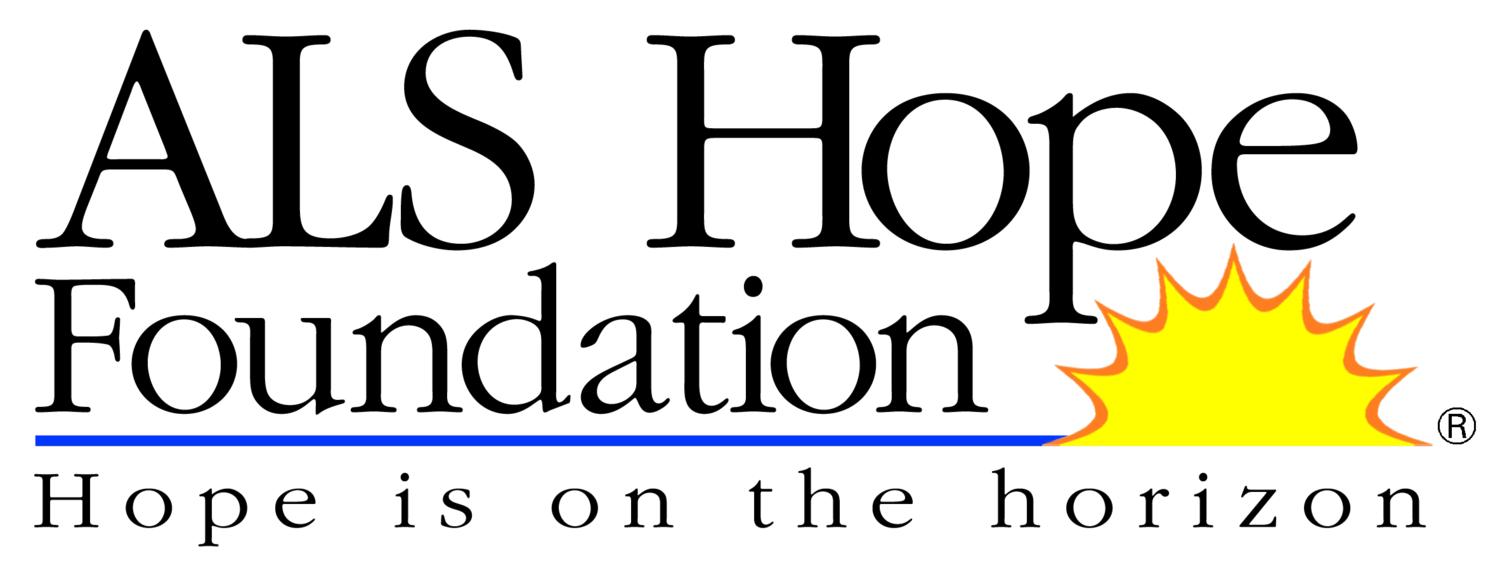On Sunday May 15th, the ALS Hope Foundation hosted its 15th Annual Research Update and Awards Luncheon at the Philadelphia Marriott West in West Conshohocken. Approximately 140 people from the ALS Hope Foundation community were in attendance, including PALS, their families, the clinic team, advocates, and supporters.
Our guest speaker wasDr. Wilson Bryan of the Food and Drug Administration (FDA) who gave a very comprehensive presentation entitled "Drug Development: Taking Therapies into the Clinic." Prior to joining the FDA, Dr. Bryan was co-director of the MDA/ALS Clinic at the University of Texas Southwestern Medical School, and he brought this unique perspective to his work.
Watch the video of his presentation here.
Dr. Terry Heiman-Patterson, president of the ALS Hope Foundation, gave an update on the programs at the MDA/ALS Center of Hope, the research coming from the ALS laboratory at Drexel, and collaborations both nationally and internationally.
Dr. Heiman-Patterson then had the honor of recognizing people or organizations who have supported the ALS Hope Foundation throughout the past year. The Sunrise Award was given to Richard "Dick" Dayton for having demonstrated the highest level of commitment to the ALS Hope Foundation by tirelessly supporting its mission and fundraising. The Dayton family held a bowling event, showed up en force to the walk, were on the International Alliance of ALS/MND Associations March of Faces banner and were our Season of Hope ambassadors. Sadly, Mr. Dayton lost his battle with ALS on December 8, 2015. His family still chose to be the face of our Season of Hope despite their loss and we are so beyond grateful for their support over the years. His wife Carroll and many family members were there on his behalf.
The Courageous Heart Award is presented to those who have taken a proactive role in the fight against ALS, advocating for PALS and supporting the ALS Hope Foundation while courageously battling ALS themselves. Our Courageous Heart recipients for 2016 were John Buzby,Gerald DeStefano, Rita Fezzuoglio, Karen Gallimore, Steven Bickley, Todd Kelly, Denise Richards, and William Snyder. We would like to again thank you for everything that you do to keep hope on the horizon! Your courage inspires us to live life to the fullest.
Please read more about their Stories of Hope.
The Community Hope Award was given to two outstanding communities who have shown a commitment to raising awareness and funds. The Media Theatre, Jeff Coon and Ramona and Frank Gywnn for recognized for their outstanding event "The Swingin' Concert for Hope," which raised over $57,000 and won the 2015 Broadway World Philadelphia Award for Best Special Event. The Borough of Brooklawn along with the MacAdams Familyand the Vitola Family received the Community Hope Award, in recognition of their outstanding support and dedication to the ALS Hope Foundation with their Tom MacAdams and Eileen Vitola Run/Walk and new this year, the Great Gatsby Gala. Eileen Vitola lost her battle with ALS on April 29th. Our hearts are with the Vitola family during this difficult time
The Borough of Brooklawn presented the ALS Hope Foundation with a check for $15,000. In three years this little town of 2,000 people has raised $63,000.
We also acknowledged our Horizon Honors awardees, those individuals or organizations who have helped to keep hope on the horizon by contributing or raising over $1,000.





















